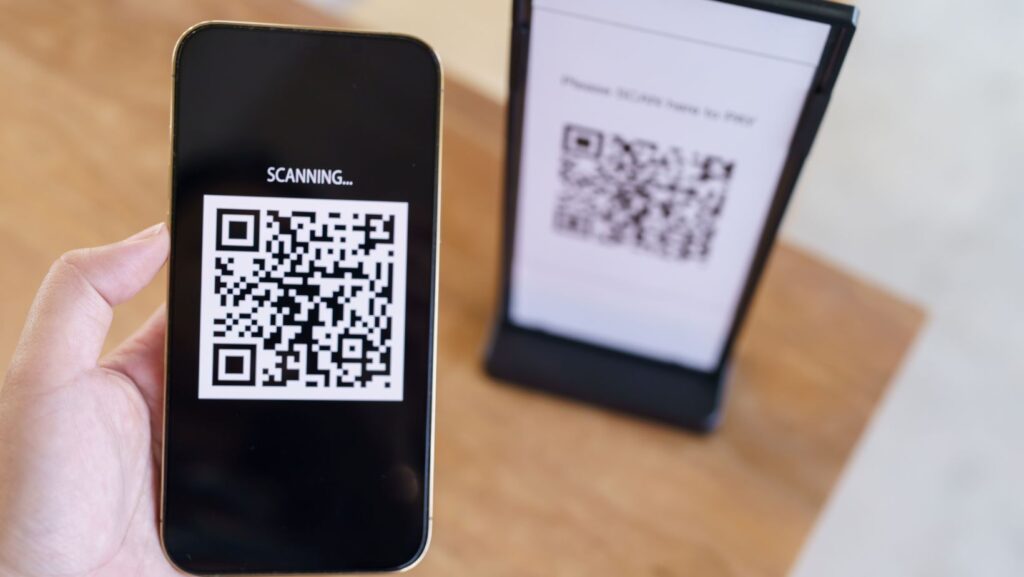In today’s fast-paced digital world, businesses are constantly searching for innovative ways to enhance customer engagement and streamline operations. One tool that has gained significant traction is the QR code. Quick Response (QR) codes are two-dimensional barcodes that can be scanned using a smartphone to access a variety of digital content. They offer a seamless bridge between the physical and digital worlds, making them incredibly versatile for businesses. In this blog, we’ll explore five innovative uses for QR codes in business that can help you stand out from the competition.
Enhancing Customer Engagement Through Interactive Marketing
QR codes can transform traditional marketing materials into interactive experiences. By incorporating QR codes into flyers, posters, and business cards, businesses can direct customers to exclusive online content, promotional videos, or discount coupons. For example, a QR code on a product packaging could lead to a video demonstrating the product in action, or to a customer testimonial page, which can significantly enhance the customer experience.
Furthermore, QR codes can be used in outdoor advertising campaigns. Imagine a billboard with a QR code that, when scanned, offers a discount or enters the user into a contest. This not only grabs attention but also encourages immediate interaction, increasing the chances of converting a passerby into a customer. An innovative way to boost these efforts is by utilizing Oppizi’s QR code creator to connect offline marketing efforts with online platforms seamlessly.
Streamlining Contactless Payments
With the rise of contactless payments, QR codes have become an essential tool for businesses looking to offer convenient and secure payment options.

By integrating QR codes into their payment systems, businesses can allow customers to make payments by simply scanning a code with their smartphone. This method is particularly useful for small businesses and pop-up shops, as it eliminates the need for expensive point-of-sale systems.
For instance, restaurants can place QR codes on tables, enabling customers to pay their bill directly from their phone without waiting for the waiter. This not only speeds up the payment process but also enhances the overall dining experience by reducing wait times. Similarly, retail stores can use QR codes at checkout counters to facilitate quick and easy payments.
Simplifying Inventory Management
Inventory management can be a complex and time-consuming task, especially for businesses with a large number of products. QR codes can simplify this process by providing a quick and efficient way to track inventory levels. By attaching a QR code to each product, businesses can easily scan the code to update stock levels, monitor product movement, and manage reordering processes.
Moreover, QR codes can be linked to a database that provides detailed information about each product, such as price, supplier, and expiration date. This allows businesses to have real-time access to inventory data, helping them make informed decisions and avoid stockouts or overstocking.
Facilitating Employee Training and Onboarding
Employee training and onboarding are critical aspects of running a successful business. However, traditional training methods can be time-consuming and may not always be effective. QR codes offer a modern solution by providing employees with instant access to training materials, instructional videos, and company policies.
For example, new employees can scan a QR code at their workstation to access a video tutorial on how to use a specific piece of equipment. This not only speeds up the onboarding process but also ensures that employees receive consistent training. Additionally, QR codes can be placed around the workplace to serve as reminders of safety protocols or to provide quick access to troubleshooting guides.
Enhancing Product Packaging with Augmented Reality
One of the most exciting uses of QR codes is in augmented reality (AR). By integrating QR codes with AR technology, businesses can create immersive experiences that bring product packaging to life. When customers scan the QR code on a product package, they can access an AR experience that might include a 3D model of the product, a virtual tour of the manufacturing process, or an interactive game related to the product.

This type of innovative packaging not only captures customer attention but also adds value to the product by providing an engaging and memorable experience. For businesses looking to create a strong brand identity, using QR codes with AR is an excellent way to differentiate themselves in a crowded market.
The Importance of a QR Code Clear Background
When designing QR codes, it’s crucial to consider the background on which they are placed. A QR code with a clear background ensures that the code is easily scannable, regardless of where it is used. Whether on a product label, a poster, or a digital screen, a QR code clear background prevents visual distractions that could interfere with scanning. This small detail can make a significant difference in the effectiveness of your QR code campaigns, ensuring that customers can effortlessly access the content you’ve provided.
Conclusion
QR codes are no longer just a tool for linking to websites; they have evolved into a powerful asset for businesses looking to innovate and improve their operations. From enhancing customer engagement to streamlining payments and inventory management, the possibilities are vast. By incorporating QR codes into your business strategy, you can stay ahead of the competition and offer your customers a more interactive and efficient experience. As technology continues to advance, the uses for QR codes will only expand, making them an indispensable part of the modern business landscape.
